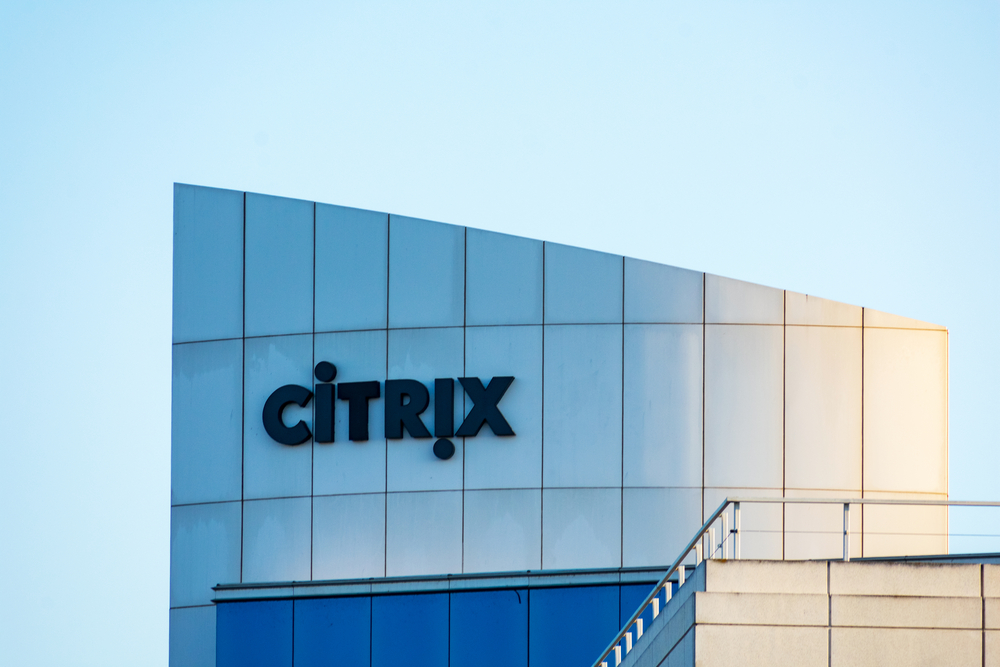When To Consider Citrix Alternatives: Signs Your Business Needs A Change

Citrix Systems campus in Silicon Valley. Citrix headquarters located in Fort Lauderdale, Florida
In the ever-evolving landscape of remote work and IT support, Citrix has been a trusted name for years. However, as businesses grow and technology advances, it’s essential to recognise when it might be time to consider Citrix alternatives.
In this illuminating exploration, we’ll unveil the signs that indicate your business needs a change and should start exploring alternatives to Citrix.
The Story Of Citrix
Before we dive into the reasons for considering alternatives, let’s acknowledge the impressive legacy of Citrix. For decades, Citrix has been synonymous with remote access, virtualisation, and application delivery. It’s been the go-to solution for many enterprises looking to provide secure and seamless access to applications and data, regardless of location.
Citrix’s reputation for reliability, security, and scalability is well-deserved. It has supported countless businesses in maintaining control over their sensitive data and ensuring seamless remote work experiences.
However, as the business landscape evolves, so do the challenges and requirements. Let’s explore the signs that suggest your business might need to move beyond Citrix.
- Budget Constraints Are Holding You Back
Citrix is undoubtedly a robust solution, but it comes with a price tag to match. The licensing costs for Citrix can be substantial, making it a less appealing choice for smaller and mid-sized businesses operating on tighter budgets. If your organisation finds itself constrained by Citrix’s cost, it may be time to explore more budget-friendly alternatives.
- Complexity Is Becoming A Hurdle
Citrix deployments can be complex and often require significant configuration and ongoing management. For businesses with limited IT resources or smaller IT teams, managing Citrix can become an overwhelming task. If complexity is causing bottlenecks in your IT operations, a simpler alternative might be the solution.
- Performance Issues Are Frustrating Users
While Citrix is known for delivering applications and data efficiently, some organisations have reported performance issues, particularly when dealing with a large number of remote users simultaneously.
High latency and sluggish application performance can lead to frustration among remote employees. If performance is an ongoing concern, exploring alternatives with improved responsiveness might be beneficial.
- The User Experience Isn’t Optimal
The user experience plays a critical role in the success of remote work solutions. Citrix interfaces, while powerful, may not always be the most intuitive for end-users. If your employees are finding it challenging to navigate and use Citrix effectively, it’s worth considering alternatives that offer a more user-friendly experience.
- Scalability Challenges Are Limiting Growth
While Citrix is highly scalable, some organisations find it challenging to scale their Citrix environments quickly enough to accommodate sudden growth or increased demand. If your business is struggling to keep up with scalability demands, it may be time to explore alternatives designed to scale seamlessly.
Exploring Citrix Alternatives
Now that we’ve identified the signs suggesting a need for change let’s explore some of the popular Citrix alternatives that have been gaining traction in the market.
- TSplus Remote Support
TSplus is a remote support software solution that provides businesses with secure and efficient remote access and support capabilities – in other words, it could just be the Citrix alternative you’re looking for. This software enables IT teams to remotely access and manage servers, applications, and desktops, making it easier to troubleshoot issues, perform maintenance tasks, and provide assistance to users.
- Microsoft Remote Desktop Services (RDS)
If your organisation is already heavily invested in the Microsoft ecosystem, Microsoft RDS can be an attractive Citrix alternative. It provides remote desktop and application virtualisation capabilities that align seamlessly with Windows environments.
- Amazon WorkSpaces
Amazon WorkSpaces leverages Amazon Web Services (AWS) to offer scalable virtual desktop solutions. If you’re looking for cloud-based alternatives to traditional VDI, WorkSpaces is worth exploring.
- Parallels Remote Application Server
Parallels RAS is celebrated for its ease of use and affordability. It offers virtual application and desktop delivery and is particularly well-suited for small to medium-sized businesses.
- Zoho Workplace
While not a direct Citrix alternative, Zoho Workplace offers an all-in-one productivity and collaboration platform. It includes document management, communication, and project management tools, making it a comprehensive choice for businesses looking to enhance their remote work capabilities.
The Best Of Both Worlds: Combining Citrix With Alternatives
In some cases, businesses opt for a hybrid approach, combining Citrix with alternatives to harness the strengths of both. Citrix can continue to handle mission-critical applications and secure data, while alternatives may be used for less sensitive tasks or to improve the user experience.
Evaluating Citrix Alternatives
When considering Citrix alternatives, it’s essential to approach the evaluation process methodically. Here are steps to guide you:
Assess Your Business Needs
Begin by conducting a comprehensive assessment of your organisation’s specific requirements. Identify the applications, services, and infrastructure that are crucial for your business operations.
Set Clear Objectives
Establish clear objectives for switching to a Citrix alternative. These objectives may include cost reduction, improved performance, enhanced user experience, or greater scalability. Setting goals will help you evaluate alternatives effectively.
Conduct A Cost-Benefit Analysis
Compare the total cost of ownership (TCO) of Citrix with the projected costs of alternative solutions. Consider not only licensing fees but also the costs of implementation, training, and ongoing maintenance.
Pilot Testing
Before fully committing to an alternative, conduct pilot tests with a subset of users or specific use cases. This allows you to evaluate the solution’s performance, compatibility, and user satisfaction in a real-world setting.
Gather User Feedback
Engage with end-users and IT support teams to gather feedback on the performance, usability, and reliability of the Citrix alternative during the pilot phase. This input is invaluable in making informed decisions.
Challenges And Pitfalls To Avoid
While exploring Citrix alternatives, be aware of common challenges and pitfalls:
- Underestimating Implementation Complexity – Implementing a new remote access solution can be complex and may require adjustments to your existing infrastructure. Ensure you have a well-thought-out implementation plan.
- Ignoring Compatibility Issues – Consider the compatibility of the alternative solution with your existing applications and systems. Failure to address compatibility issues can lead to integration challenges and performance bottlenecks.
- Neglecting Security Considerations – Security should remain a top priority. Carefully evaluate the security features of the alternative solution and ensure it meets your organisation’s security requirements.
- Insufficient Training – Providing adequate training to end-users and IT support teams is crucial for a smooth transition. Neglecting training can result in user frustration and decreased productivity.
Coda: Navigating The Path To Change
In the ever-evolving landscape of remote work and IT support, change is inevitable. Recognising the signs that your business might need a change from Citrix is the first step towards adapting to new opportunities and challenges.
The decision to explore Citrix alternatives requires careful evaluation, clear objectives, and a focus on user experience and security. By conducting a thorough assessment, setting objectives, and piloting potential solutions, you can make an informed choice that aligns with your business’s unique needs and goals.
The signs that your business might need a change from Citrix are clear, but the path you choose depends on your unique needs, budget, and long-term goals. As you continue to adapt to the ever-changing landscape of remote work and technology, remember that change is not only inevitable but also an opportunity for growth and improvement.
Embrace it, and your organisation will be well-prepared for the future of remote work.





